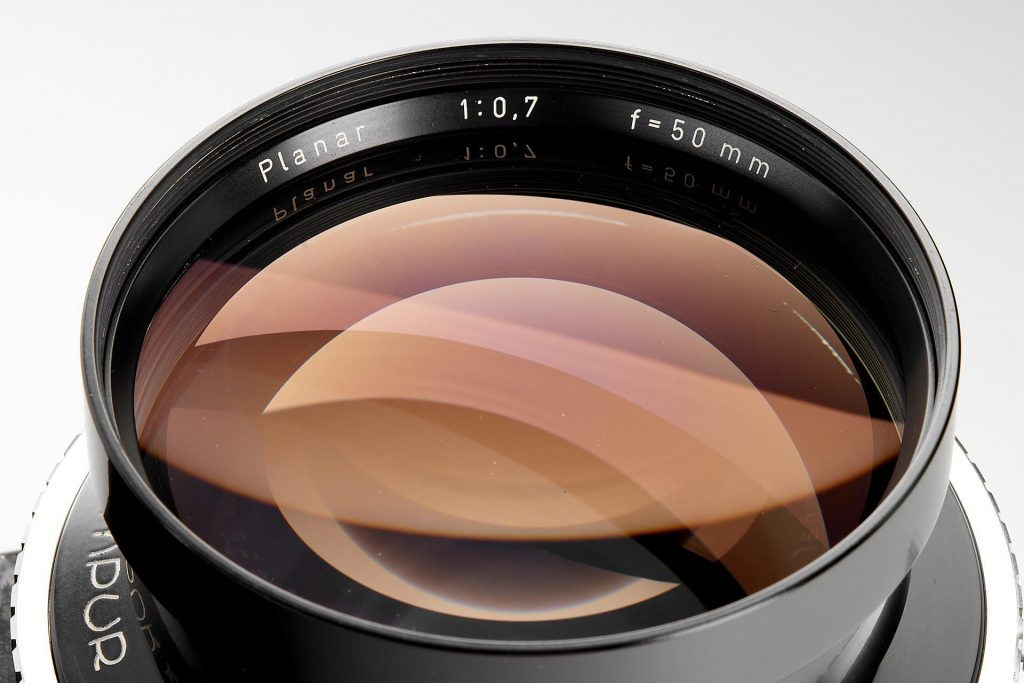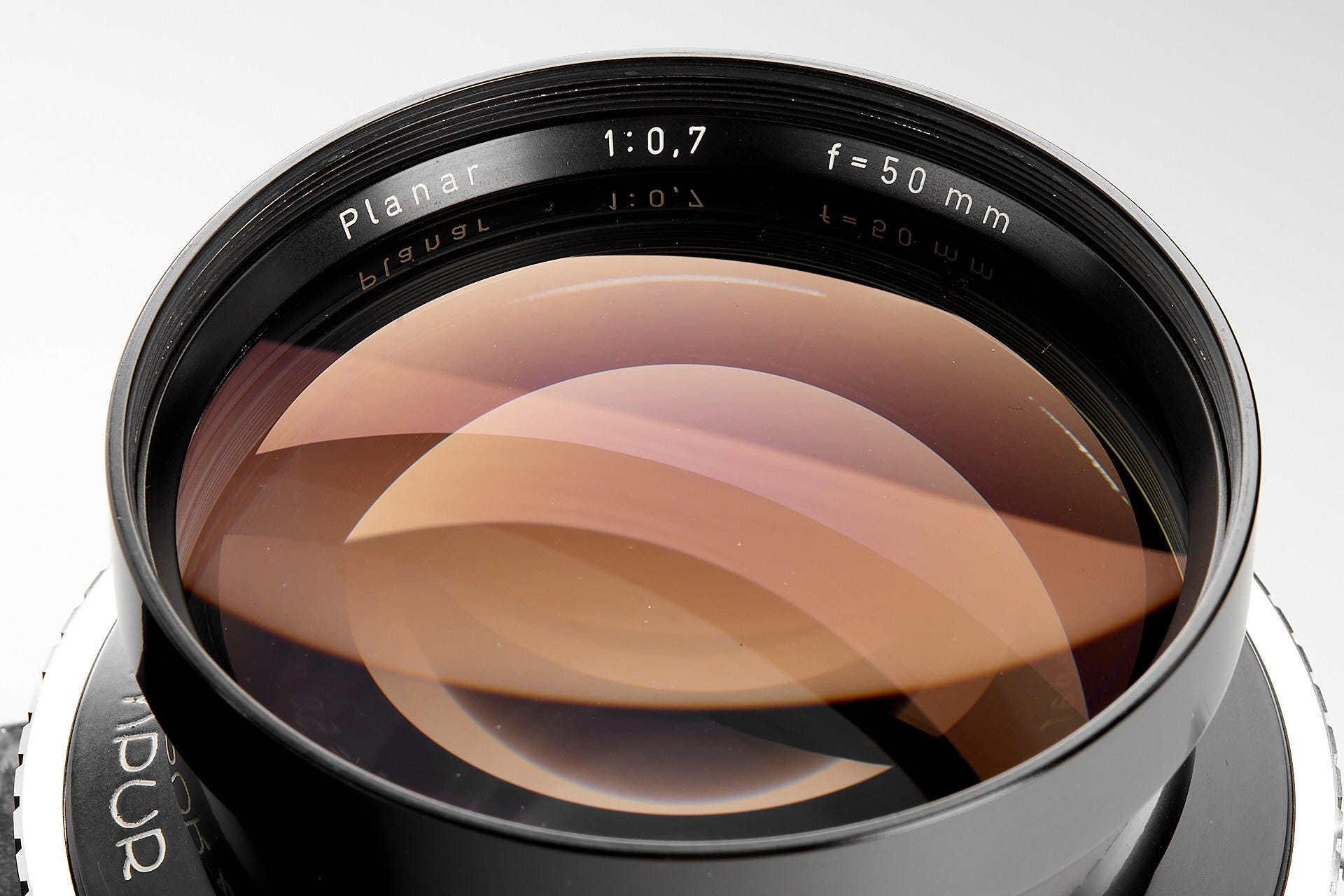
Leitz Photographica Auction
- A rare Ziess lens designed for NASA's Apollo moon missions will go up for auction in Vienna.
- Germany lens maker Ziess produced 10 of the Zeiss Planar 0.7/50 lenses, selling most to NASA.
- The lens is expected to sell for between €100,000 and €120,000 in next weekend's auction.
- See more stories on Insider's business page.
When one of the rarest photo lenses in the world goes up for auction next weekend in Vienna, Austria, it's expected to fetch between €100,000 and €120,000.
The lens, a Zeiss Planar 0.7/50, was designed by the German lens-maker in 1966 for NASA. The agency needed a lens capable of capturing light in the darkest circumstances, perfect for pictures of the moon during its Apollo Missions. Only 10 of the lenses were manufactured. NASA bought six of them.
"This is one of these ten lenses that Zeiss made at that time," said Andreas Schweiger, of Leitz Photographica Auction, which is running the auction. "Most probably, this is one of the lenses delivered to NASA."
Schweiger spoke to Insider last week via Zoom from his office in Vienna, where his team's readying for a live auction at the city's Hotel Bristol, scheduled for June 12.
For the last few weeks, boxes containing historic and rare camera equipment have been arriving at the auction company's doorstep. Most came from private collectors.
"They get their camera as a gift from their grandparents, for example, or they find maybe a camera in the attic," Schweiger said. "When they don't know what to do, they look up on the internet and hopefully they find us."
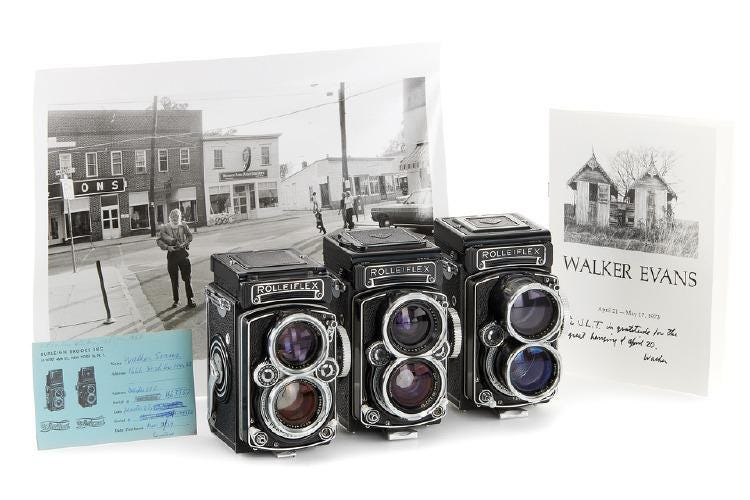
Leitz Photographica Auction
Among the rarities that will go on the auction block are a "Luxus" model gold-plated Leica that's wrapped in lizard skin (starting bid €100,000), a Leica MP2 with Electric Motor (starting bid €150,000), and a 1924 Leica owned by Ernst Leitz II, who manufactured the first Leica cameras (starting bid €40,000).
There will be a trio of Rolleiflex cameras owned by American photographer Walker Evans (starting bid €20,000), and a pair of Leicas (starting bid €6,000) owned by Felice Quinto, an early Italian paporazzo.
A Jony Ive Leica Prototype
There will, however, be one missing item.
A prototype of a Leica camera designed by Apple's Jony Ive and British designer Marc Newson was expected to be among the most-watched items on sale. The camera was on the auction catalog's cover. It was one of a kind.
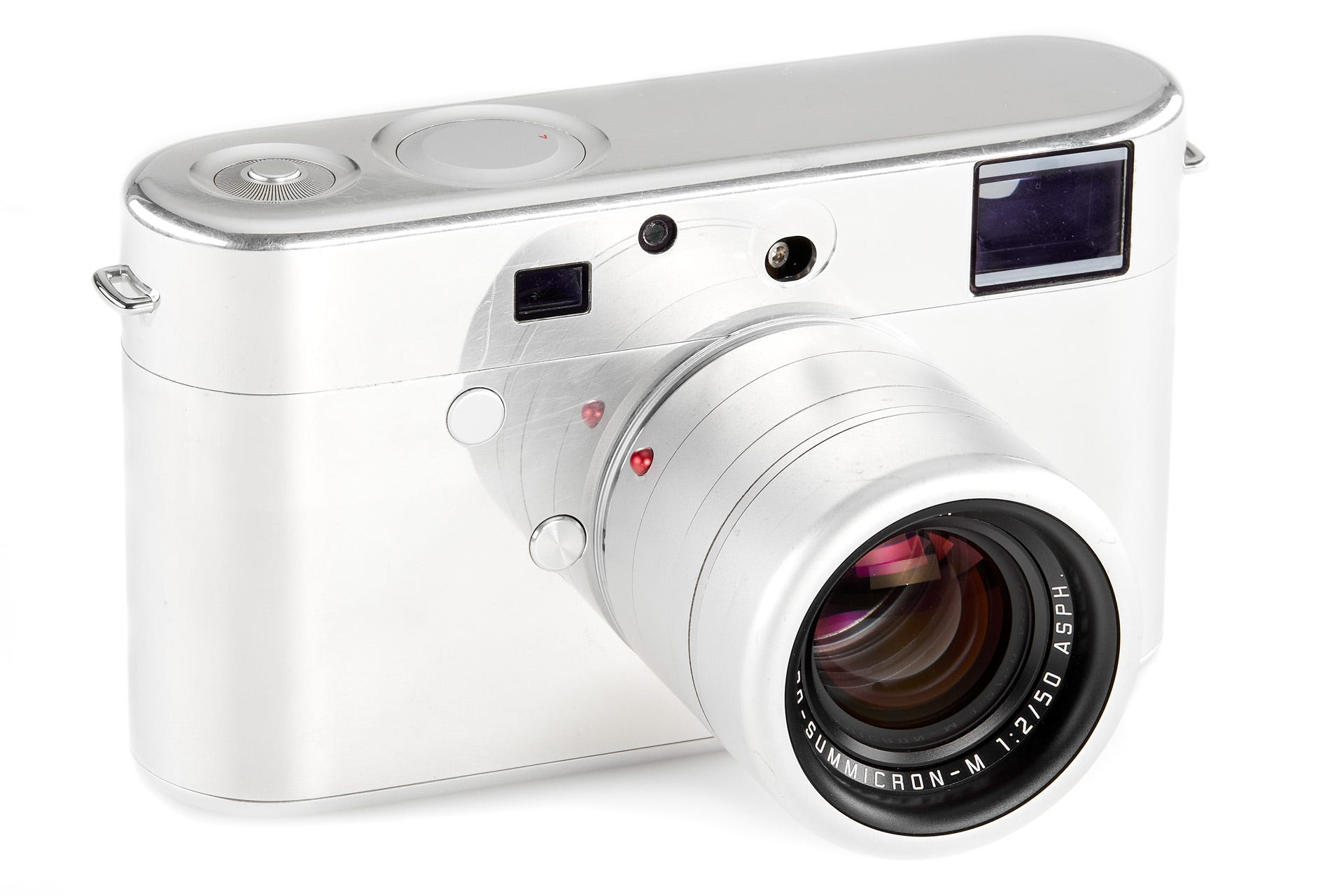
Leitz Photographica Auction
Schweiger said the seller decided at the last minute to pull the camera. It would have had a starting bid of €150,000, with a final sale expected from €200,000 to €250,000.
It was a test model for the only completed Leica camera by the designers, which went up for sale in a 2013 charity auction. It sold for $1.8 million.
Schweiger wouldn't say more about the prototype's owner, or why the item had been pulled from the sale. Michal Kosakowski, Leitz Photographica Auction's product specialist, who was also on the Zoom call, said that the owner was in the US.
Ahead of the auction
Most of the difficult work of putting together the catalog and auction was done by the time Schweiger and Kosakowski spoke with Insider.
They'd unpacked all the boxes. Kosakowski's team had checked that the cameras and lenses were mostly in working order. Sometimes they'd run a roll of film through the camera, but most of their work was done using machines. Then they'd photographed each item for their website.
The rare Zeiss lens was designed by a team led by Dr. Erhard Glatzel, who would later be given the Apollo Achievement Award, said Silke Schmid, head of the Zeiss Museum of Optics in Germany.
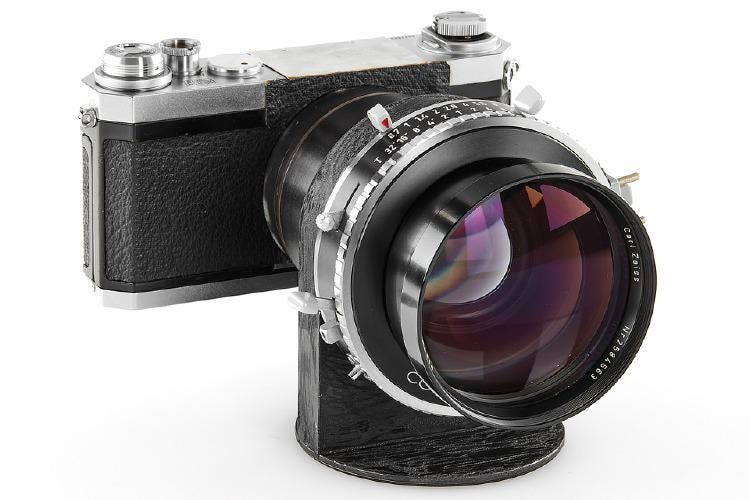
Leitz Photographica Auction
"In the 1960s, he was one of the leading scientists and managers in the lens design department at Zeiss in Oberkochen, Germany," Schmid told Insider last week. "His creations were world-renowned, including the Zeiss Hologon and the Zeiss Planar 0.7/50."
The lenses were so effective that NASA had planned to use them to photograph the far side of the moon. (Insider reached out to NASA for confirmation.) Of the 10 produced, three also went to director Stanley Kubrick, who needed them to shoot candlelit scenes for "Barry Lyndon," Schmid said.
That marked "the first time in film history that it was possible to shoot without using artificial light," Schmid said.
Schweiger said he was eager to watch the bidding begin. As the auctioneers spoke to Insider, some of the early online bidding ahead of the live auction had already begun. The Zeiss Planar had two bids, raising the price to €55,000, but that was still only half its expected selling price.
"So we see bids coming in and so on, and we get a little bit of the feeling how the lots are treated, how interesting are the lots for our customers," Schweiger said. "So, it's both stressful and exciting."
